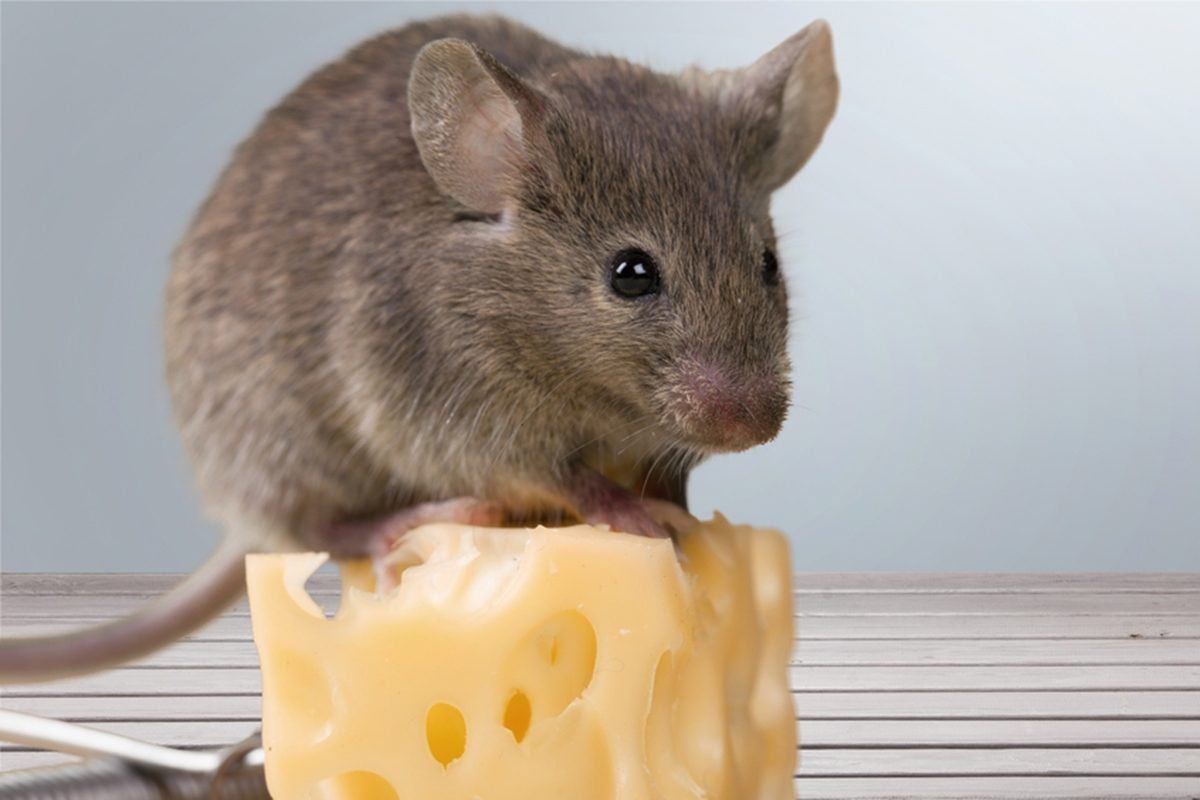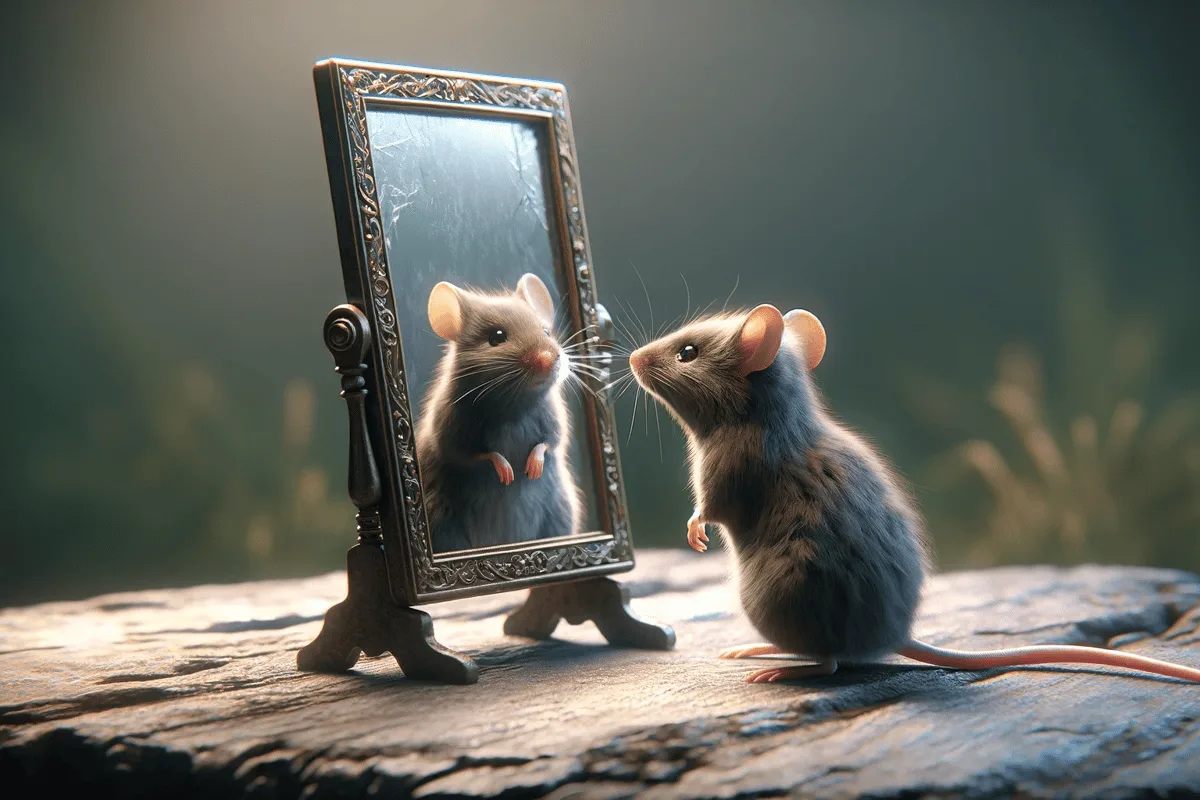The strategies mice use to make decisions can be determined by the barely noticeable facial movements of these rodents. Neuroscientists came to this conclusion by observing animals on a treadmill.
Various cognitive variables in mice (e.g., the result of an action and a series of failures) can be determined by stereotypical changes in facial expressions. In particular, in the movements of the whiskers and in the nose area.
In 2020, scientists from Germany discovered that the facial expressions of mice reflect their emotional state. As part of the experiment, the animals were given electric shocks to their tails, fed bitter sugar, and injected with lithium chloride, which causes malaise. After analysing the rodents’ reactions recorded on video, the researchers identified six facial expressions corresponding to basic emotions such as fear, disgust and pleasure.
Now, a research team led by Fanny Cazettes from Aix-Marseille University (France) has shown that a mouse’s face is not just a set of random movements, but a highly accurate ‘sensor’ of the brain’s internal calculations. They achieved this by placing the animals on a treadmill and allowing them to choose between two drinking bowls with sweetened water, the reward from which would appear and then disappear.
Since, after a series of unsuccessful attempts, the animals had to decide which drinking bowl to choose (stay in one place or move to another), the successful choice depended on the strategy chosen: some rodents based their decision on the number of failures, others on the number of rewards received. The animals’ faces were filmed at a rate of 60 frames per second, and then hundreds of micro-movement components were identified using mathematical methods.
Mice recognised themselves in a mirror for the first time, after which biologists disabled this ability
American scientists have discovered that mice can possess self-awareness. However, certain conditions are necessary for its formation, including the environment in which the rodent grows up.
In just 10 experimental sessions, neuroscientists recorded about 14,000 actions taken by the test subjects, including licking different drinking bowls during the experiment. In particular, 5,877 licks were attributed to a strategy of failure, 6,896 to counting rewards, and 1,593 to impulsive decisions. Each movement made it possible to determine which hidden cognitive process was at work at the moment of decision-making and how it was reflected in facial expressions.
The results of the scientific work showed that even when a mouse chose one strategy, traces of alternative decisions that the brain calculated in parallel were ‘revealed’ on its face. Despite choosing a primary strategy, for example, based on a series of failures, subtle signs of alternative options ‘flashed’ in the movements of the whiskers and nose area.

Mice provided ‘first aid’ to their unconscious companions
American neuroscientists have discovered that mice are able to recognise the unconscious state of their fellow creatures and take active steps to ‘resuscitate’ them. Comparing the results with the activity of neurons in different areas of the cerebral cortex (supplementary motor, orbitofrontal and olfactory), Casett and colleagues concluded that facial expressions were as informative as neuron populations, and in some cases even more accurate. At the same time, information appeared in the supplementary motor area 50 milliseconds earlier than in facial expressions, indicating its key role in triggering expressions.
Thus, neuroscientists have proven that facial expressions reflect not only emotions, but also complex cognitive processes, including a number of alternative options that the brain ‘considers’ in the decision-making process. The ability to “read” thoughts from video will enable the development of non-invasive methods for diagnosing mental disorders and neurodegenerative diseases.





